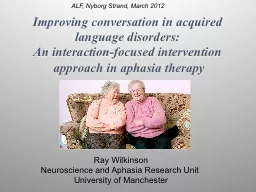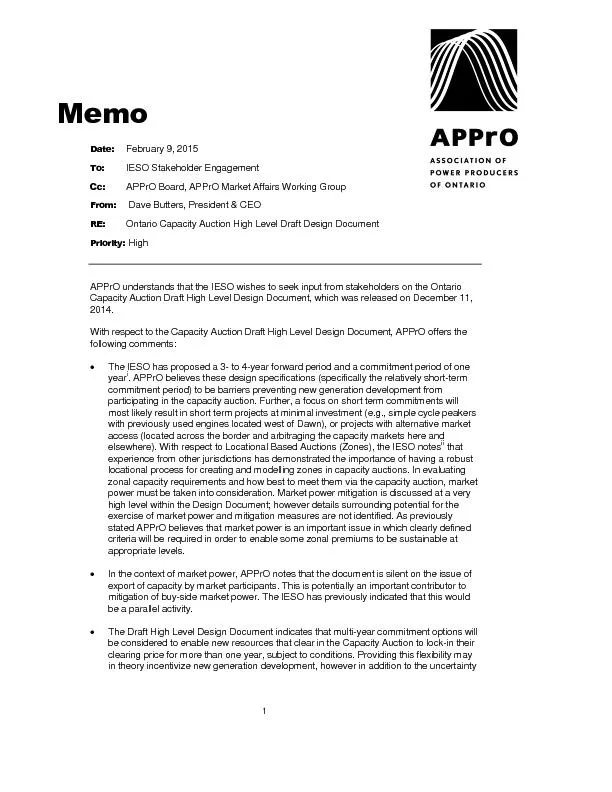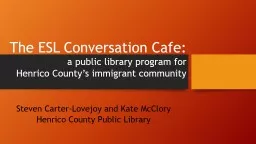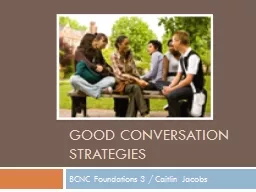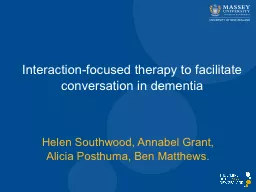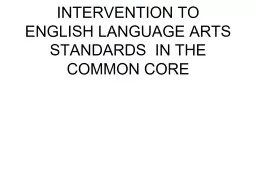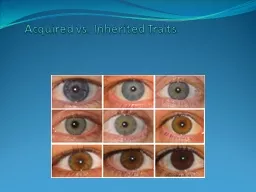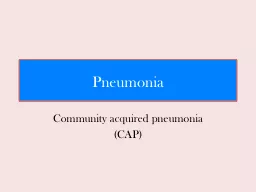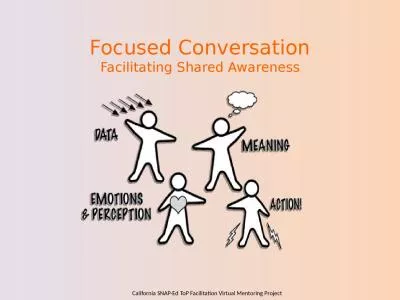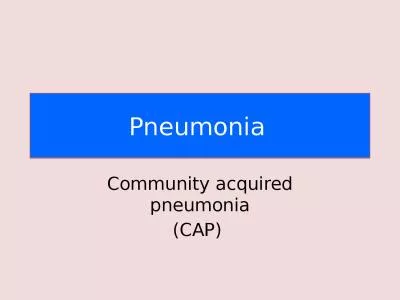PPT-Improving conversation in acquired language disorders: An interaction-focused intervention
Author : celsa-spraggs | Published Date : 2018-02-01
Ray Wilkinson Neuroscience and Aphasia Research Unit University of Manchester ALF Nyborg Strand March 2012 Overview of presentation 1 Why focus aphasia assessment
Presentation Embed Code
Download Presentation
Download Presentation The PPT/PDF document "Improving conversation in acquired langu..." is the property of its rightful owner. Permission is granted to download and print the materials on this website for personal, non-commercial use only, and to display it on your personal computer provided you do not modify the materials and that you retain all copyright notices contained in the materials. By downloading content from our website, you accept the terms of this agreement.
Improving conversation in acquired language disorders: An interaction-focused intervention: Transcript
Download Rules Of Document
"Improving conversation in acquired language disorders:
An interaction-focused intervention"The content belongs to its owner. You may download and print it for personal use, without modification, and keep all copyright notices. By downloading, you agree to these terms.
Related Documents

